You are here
Aventino - Terme di Caracalla - Circo Massimo
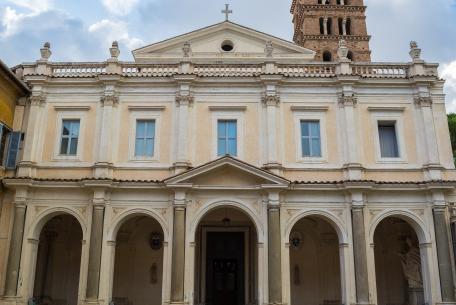
Built between the III and IV centuries, the Basilica of Saints Bonifacio and Alessio was initially dedicated to St.
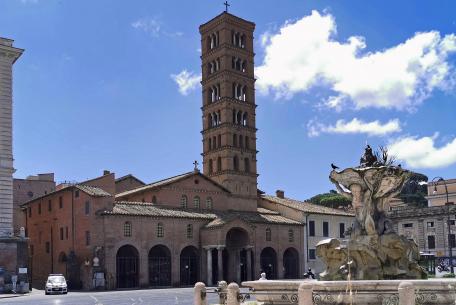
The first news relating to Santa Maria in Cosmedin dates back to the 6th century AD.
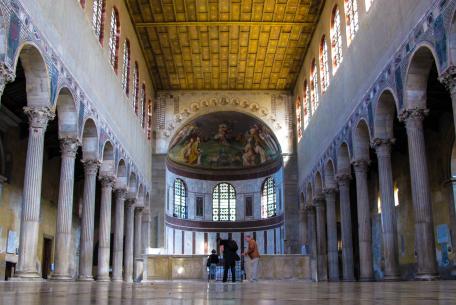
Saint Sabina was founded by Peter of Illyria, a Dalmatian priest, in 425.
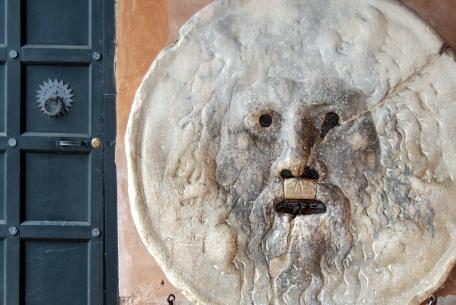
In Piazza Bocca della Verità is the ancient marble mask, one of th
[...]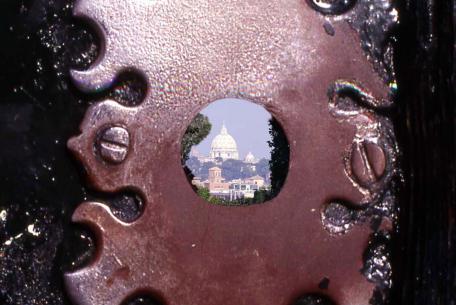
The church, belonging to the Sovereign Order of Malta, was completely renovated and re-decorated by Gian Battista Piranesi.
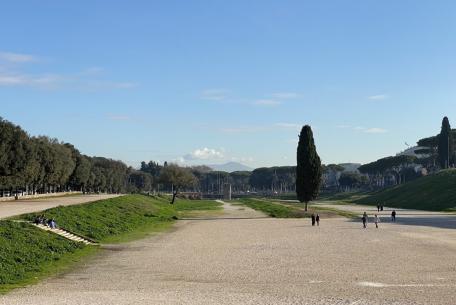
The Circus Maximus is the largest building for public entertainment in antiquity and one of the largest of all time (600 metres long by 140 metres wide) and is rel
[...]
The term columbarium refers to a burial chamber which walls are covered with rows of niches in which cinerary urns, small clay pots containing the ashes of the dec
[...]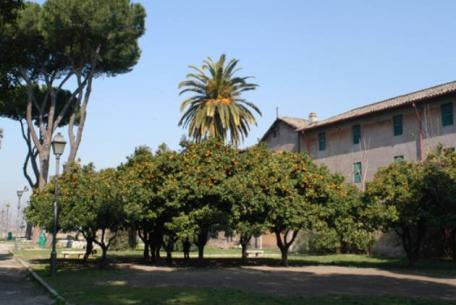
On the Aventine Hill is this enchanting garden, once part of the possessions of the suppressed co
[...]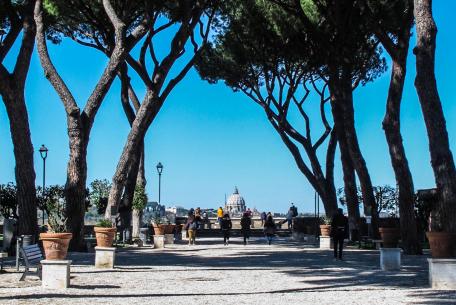
The Savello Park or Orange Garden stands on the Aventine hill, in the area of the ancient fortress bu
[...]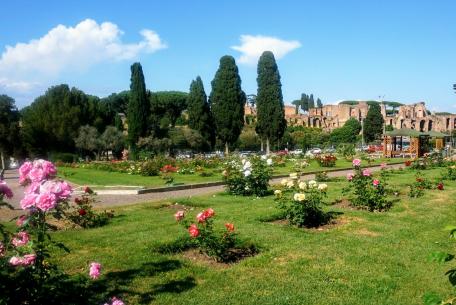
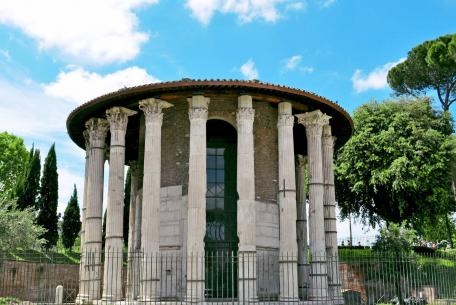
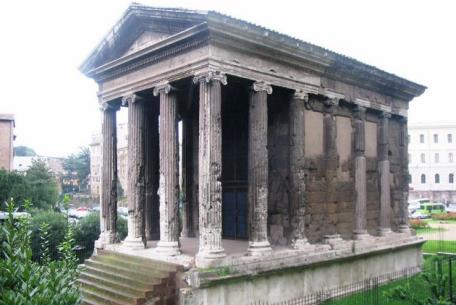
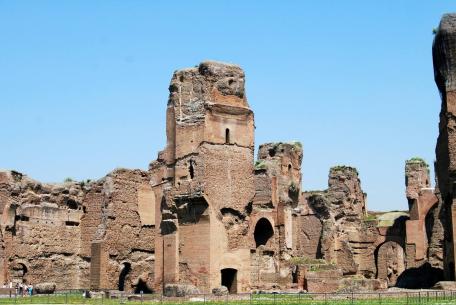
The Thermae Antonianae, one of the largest and best preserved thermal complexes of antiquity, was built at the behest of the Emperor Caracalla on the
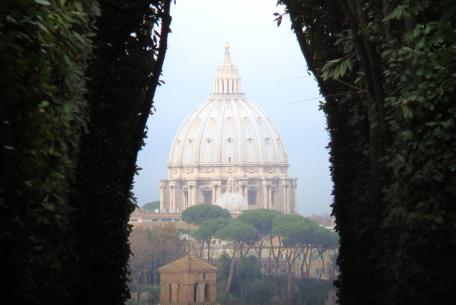
The Villa del Priorato di Malta stands on the Aventine Hill.
A residential and refined district, the Aventino covers one of the ancient seven hills of Rome, linked to the legend of the birth of the city.
Thanks to its quiet beauty, it is one of the most popular areas to have a walk and discover unusual and fascinating corners: from the famous "keyhole" of the gate of the Priory of the Knights of Malta, offering a suggestive view of St. Peter's dome, to its churches - Santa Sabina, Santi Bonifacio and Alessio, Santa Prisca, Sant'Anselmo, and Santa Maria del Priorato - which house admirable works of art, archaeological remains, crypts, mithraea and charming cloisters. Here are two of the most romantic places in the capital: the Parco Savello, known as the Orange Garden, an enchanting rectangular garden from which you can enjoy a wonderful view of Rome, and the Municipal Rose Garden, a show of scents and colours with about 1,100 species of roses from all over the world.
Moving slightly southwards, the impressive Baths of Caracalla stand out, one of the largest and best-preserved thermal complexes of antiquity, built on the Piccolo Aventino by Emperor Caracalla between 212 and 216 AD. The surrounding area is ideal for open air sports lovers, for jogging or having a pleasant walk in the greenery of Viale delle Terme di Caracalla. For those who want to swear a solemn love oath, the charming deconsecrated church of Santa Maria in Tempulo is the dream place for a civil wedding.
Walking towards the Tiber, you arrive at the Circus Maximus, the largest building for public entertainment in antiquity, the scene of competitive activities and gladiator games. Today, the area is a magnificent archaeological promenade: you can explore the galleries, the different rooms and admire the medieval Torre della Moletta. Thanks to Circo Maximo Experience, an innovative valorisation project in augmented and virtual reality, you can visit the Circus through all its historical phases. The life of the ancient valley unfolds before your eyes through continuous flashbacks recalling the past.
A few steps away, not to be missed, is the splendid Basilica of Santa Maria in Cosmedin, a rare example of medieval architecture in Rome. Its portico houses the famous Bocca della Verità (the Mouth of Truth), the ancient marble mask that entered the world collective imagination thanks to the film Roman Holiday. In front of the basilica are the two suggestive temples of Portuno and Ercole Vincitore, dating back to the 2nd century BC.











































